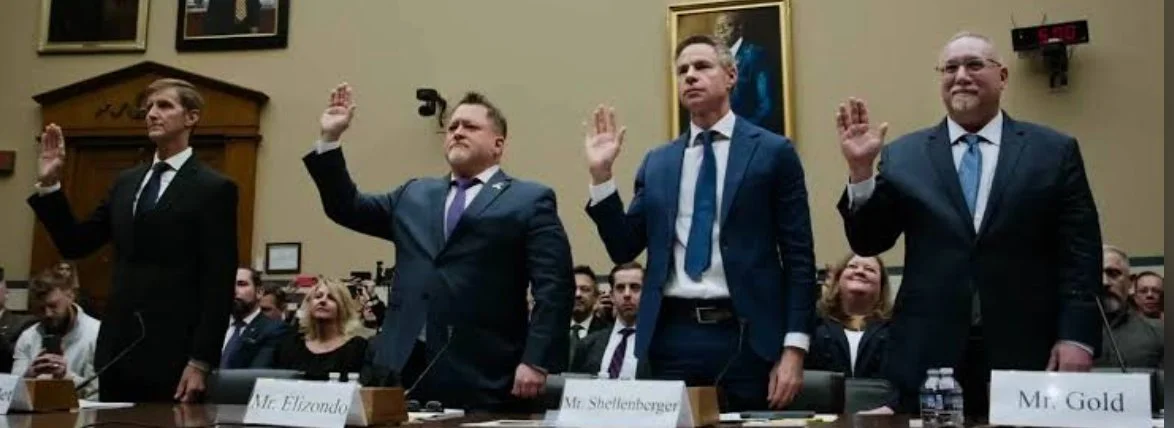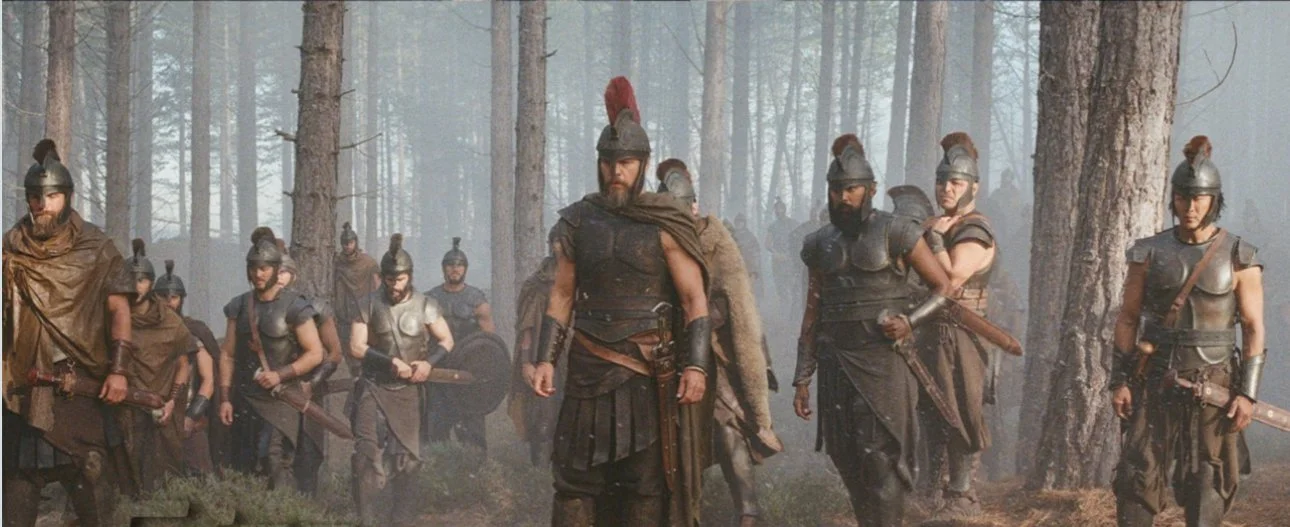Given all of its hodge podge, traditional glory, director John Ford's The Quiet Man -starring a charismatic John Wayne- is actually deeper than its looks might suggest. With its bright technicolor colors and wackily conceived plotting, you'd think Ford's film would be devoid of any actual substance. Well I'm sure your mind will get changed when you hear that The Quiet Man is a much studied film in feminist film classes. I kid you not. The 1952 film is a staple. If you want to know how female depiction in movies has changed over the years, this is a good example. That's what keeps me coming back for more whenever I see Ford's film on Television or have the oppurtunity to sneak in a screening. Listen, it's not like some of his classics including his masterful work in The Searchers - if you haven't seen it, watch it now ! The Quiet Man does the job done because of how the film interprets the relationship between ex-American Boxer Sean Thornton and the Irish lass played by Maureen O'Hara whom he meets in a remote village in the outskirts of Ireland. The Love/Hate relationship they build is the stuff of in depth feminine studies and freudian parallels, hell talk about deep.
An Image "The Quiet Man"
Given all of its hodge podge, traditional glory, director John Ford's The Quiet Man -starring a charismatic John Wayne- is actually deeper than its looks might suggest. With its bright technicolor colors and wackily conceived plotting, you'd think Ford's film would be devoid of any actual substance. Well I'm sure your mind will get changed when you hear that The Quiet Man is a much studied film in feminist film classes. I kid you not. The 1952 film is a staple. If you want to know how female depiction in movies has changed over the years, this is a good example. That's what keeps me coming back for more whenever I see Ford's film on Television or have the oppurtunity to sneak in a screening. Listen, it's not like some of his classics including his masterful work in The Searchers - if you haven't seen it, watch it now ! The Quiet Man does the job done because of how the film interprets the relationship between ex-American Boxer Sean Thornton and the Irish lass played by Maureen O'Hara whom he meets in a remote village in the outskirts of Ireland. The Love/Hate relationship they build is the stuff of in depth feminine studies and freudian parallels, hell talk about deep.









